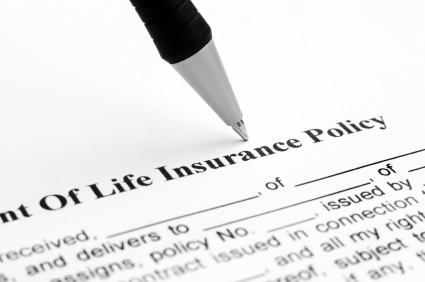Life Insurance 101: America’s Most Underused Risk Management Tool
Almost four out of five U.S. households own some form of life insurance, meaning that to some degree, there is national consensus regarding the importance and usefulness of life insurance. However, the average household only owns enough coverage to replace 3.6 years of income, creating a significant gap between the amount of coverage families have versus the amount of coverage they actually need. Forty-four percent of U.S. households would agree that they do not have sufficient coverage to meet their potential needs. The question then arises of why so many Americans are underinsured.|








